INGREDIENT
challenges
to the Forefront
FIBER
Americans still are not meeting the recommended intake levels for dietary fiber, a nutritional failure that can lead to the development of a number of health issues down the road. The shortfall is so critical that the new “Dietary Guidelines for Americans 2020-2025” has designated dietary fiber as “a dietary component of public health concern.”
Food product developers, however, have long recognized the ability of fiber ingredients both to fortify products as dietary inclusions and to solve formulation challenges with the many textural benefits fiber provides.
New product launches with fiber-related claims are steadily increasing. According to research group Innova Market Insights, cereal, bakery, and snacks are the top product categories in this channel. Sources of these fibers are varied and include grains, seeds, fruits, vegetables, and legumes. On the application function side, they enhance various textural attributes of foods and beverages to improve the overall eating experience.
Video courtesy of: Getty Images / Di_Media
By KAREN NACHAY, MS, Contributing Editor
New and established sources are pushing fiber back into the vanguard.
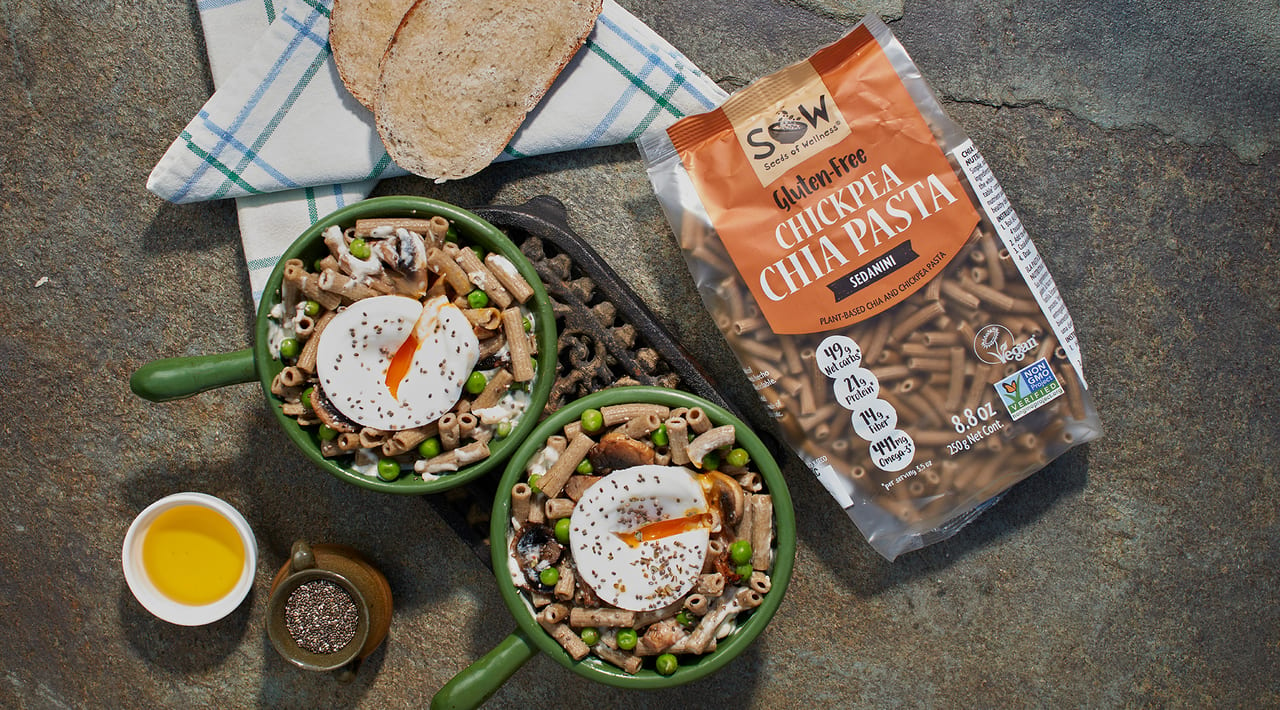
Chia is a triple-action fiber ingredient that also contains high-quality plant-based protein and omega-3s. Photo courtesy of: Functional Products Trading SA/Benexia
A new old ingredient
Deriving ingredients from spent byproducts represents a shift in the mindset of some food producers, particularly small entrepreneurs who are committed to producing nutritious food ingredients while reducing food waste. This paradigm has brought new and valuable fiber sources into the mainstream.
Corn has been one of the most important grains in American agriculture, yet its fiber component has not received much attention until recently. Corn-derived soluble fibers offer nutritional enrichment and textural enhancements to a myriad of food and beverage applications. Dry versions of the ingredients are neutral in flavor and color, so they won’t impact the flavor or appearance of the finished products.
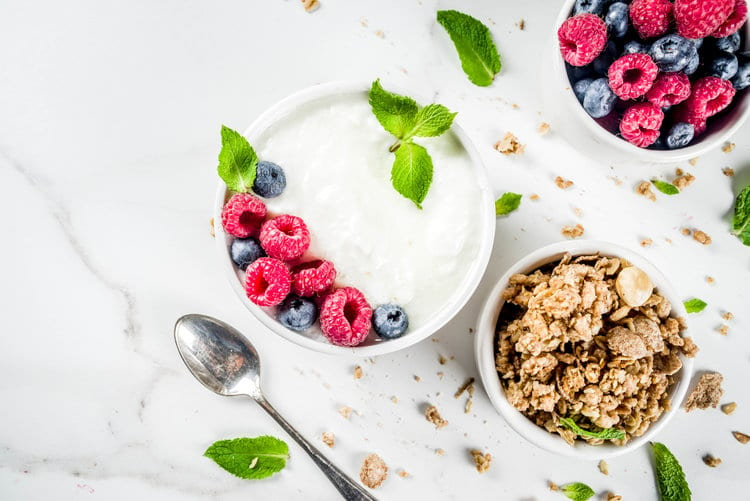
Adding “natural preservative” to the multifunctional fiber pantheon is a new mushroom-derived fiber. Photo courtesy of: Chinova Bioworks, Inc.
The high solubility of corn fiber ingredients allows them to blend easily into products, needing only small amounts of shear or agitation. Also, soluble corn fibers won’t impart a grainy mouthfeel. When used with a non-nutritive sweetener, corn-based soluble fibers add back the bulk and viscosity that are lost when nutritive sweeteners are removed from reduced-sugar products.
Newer, liquid formats of soluble corn fiber offer a convenient way to boost the fiber content and reduce sugar and calories in beverages, bars, and confectionary. They’re also formulated to have heat, acid, and process stability. Both the dry and liquid forms of these ingredients have demonstrated more than two times the digestive tolerance of inulin. Containing 70-90% fiber, soluble corn fiber ingredients allow food formulators to meet dietary fiber targets, and in turn, help consumers increase their daily fiber intake.
Beany babies
Protein-rich bean, pea, and pulse ingredients are go-tos for protein fortification of food and beverage products. Yet, as with corn, they are also good sources of fiber that provide dietary fortification and benefits while improving the quality of foods and beverages.
An emerging ingredient in this space is okara flour, a high-fiber powder made from soybean pulp generated during the production of soymilk. The process is straightforward and involves drying the soybean pulp byproduct and milling it into a fine powder. Okara flour is available for sale directly to consumers and to food manufacturers. Two recently formulated products featuring the ingredient include grain-free cactus tortillas from Tia Lupita Foods, LLC, and chocolate chip cookies from Fancypants Baking Co.
Pulse flours made from dehulled peas, chickpeas, lentils, and fava beans are rich sources of soluble and insoluble fiber, as well as protein. This makes them particularly useful in low-glycemic-index food formulas. Pulse fibers are finely milled powders made from the seed coats of lentil and pea. Like pulse flours, pulse fibers contain high concentrations of soluble and insoluble fiber (some pea fiber ingredients can contain 80% or greater proportions of fiber), providing an excellent way to fortify products’ dietary fiber. Their water- and fat-binding properties allow them to develop viscosity, enhance texture, improve dough strength, and control moisture migration in many foods.

Dairy products have a long tradition of using fiber for both texture and health benefits. Photo courtesy of: ADM, Inc.
New fiber, new application
Mushrooms contain a variety of beneficial nutrients and are associated with helping to prevent certain diseases. They also are known for their meaty texture and umami flavor qualities. Recently, science-backed evidence of medicinal qualities traditionally tied to mushrooms have created a boom in several varieties, including chaga, cordyceps, lion’s mane, reishi, shiitake, and turkey tail). But it seems fungi had another benefit in store for researchers.
A fiber derived from the stems of white button mushrooms has been found to help improve the safety and quality of foods by protecting against common spoilage microorganisms. These fibers control yeast, mold, and bacteria, and inhibit the growth of pathogenic bacteria such as E. coli and Listeria. Although technically not a plant, mushroom fiber is produced in a manner similar to how plant fibers are extracted. First, mushroom stems are dried and ground, and then heat and water are used to extract the fiber.

Resistant starch provides the health benefits of fiber in the body but performs like starch in bakery products. Photo courtesy of: Bay State Milling Co.
Neutral in flavor and color, the mushroom fiber has no organoleptic impact. The ingredient brings shelf-life extending properties to sauces, spreads, and plant-based dairy and meat analogs. It is most effective in applications that range in pH from 2 to 6.5.
Star fiber
Inulin and oligofructose are label-friendly, functional fibers that have become stars in the food fiber arena. They provide textural and flavor enhancement to various products, including reduced-sugar, gluten-free, and low-fat items. Inulin is a type of soluble fiber found in chicory, artichokes, wheat, many fruits, and vegetables such as leeks and onions. The most popular commercially available inulin ingredients are derived from the roots of the chicory plant. Inulin is a linear beta-fructan made up of chains of up to 60 or more fructose units, with oligofructose being a shorter chain of inulin.
Both fibers are widely used in food and beverage products, from bakery and confectionery to sauces and meat products. These two classes of fiber are especially valued for their prebiotic properties. The non-digestible fibers pass through the digestive tract to the large intestine, where they serve as nutrients for beneficial bacteria such as Bifidobacteria and Lactobacilli to support a healthy gut microbiome. Research has also examined the fibers’ potential to help with weight management, blood sugar management, and bone health maintenance.
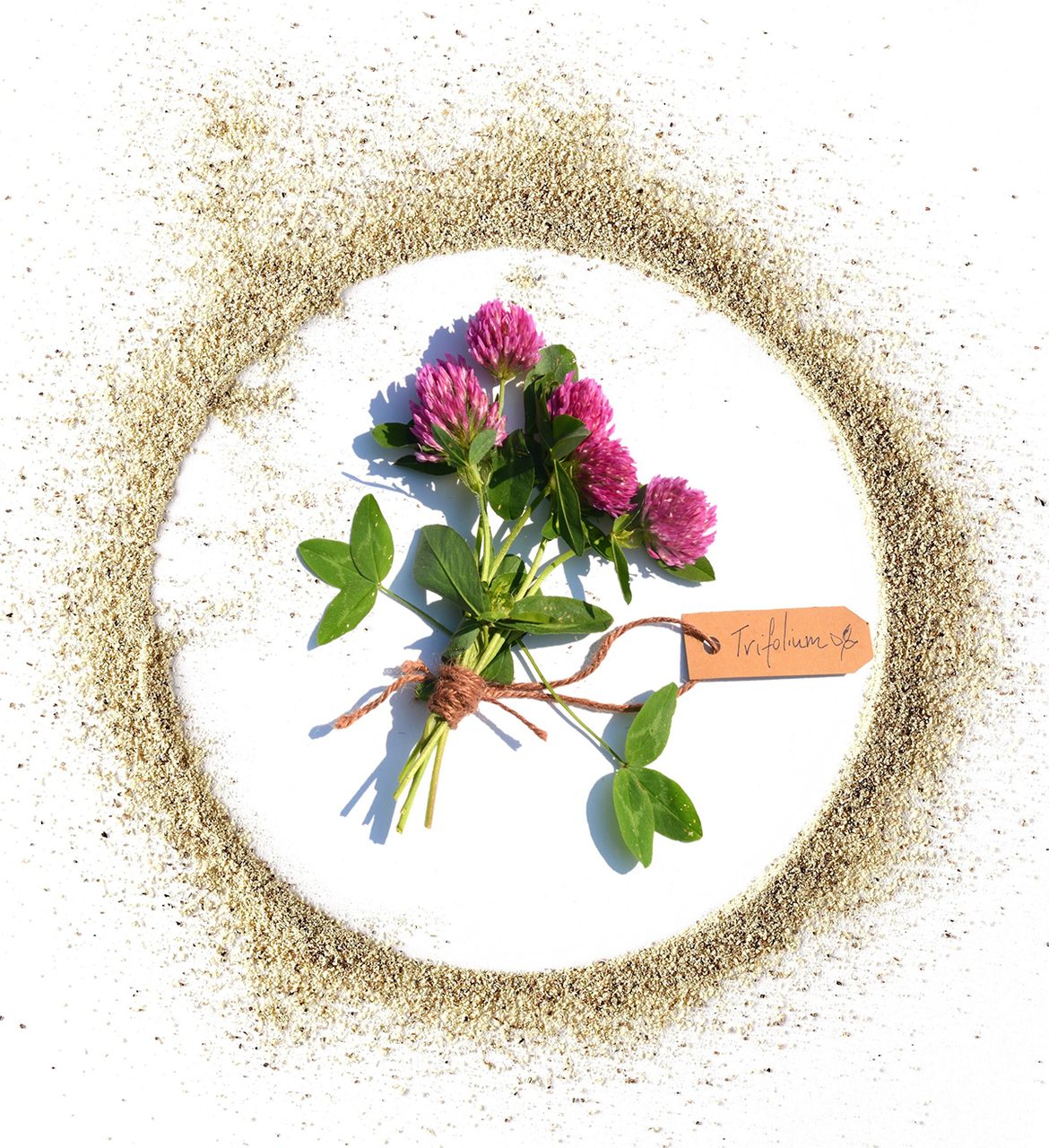
With a wealth of emerging science on botanicals, new sources of nutraceutical fibers, such as from red clover, are increasingly available. Photo courtesy of: International Specialty Supply, Inc./SunGarden Fresh Living
In addition to fortifying foods and beverages with fiber, inulin and oligofructose have high solubility and dispersibility for easy processing, and they provide texturizing properties to reduced-sugar and reduced-fat food products. For example, inulin easily incorporates into moist or semi-moist reduced-fat foods, where it stabilizes water to help develop a creamy mouthfeel similar to that of full-fat versions. The natural slight sweetness and bulking properties of inulin and oligofructose help reduce added sugar in formulations—up to 30% in some cases. They’ve also been shown to modulate the flavor of some high-intensity sweeteners that can impart off tastes in certain applications.
Produce fiber
Many fruits and vegetables are naturally high in fiber and serve as sources for dietary and functional fiber ingredients. Some, like green bananas and pumpkin seeds, are processed into fiber-rich powders that food manufacturers can use to replace some of the flour that would be used in traditional formulas. There are versions consumers can purchase directly to add to smoothies or bakery products. Others are byproducts of food processing turned into functional ingredients.
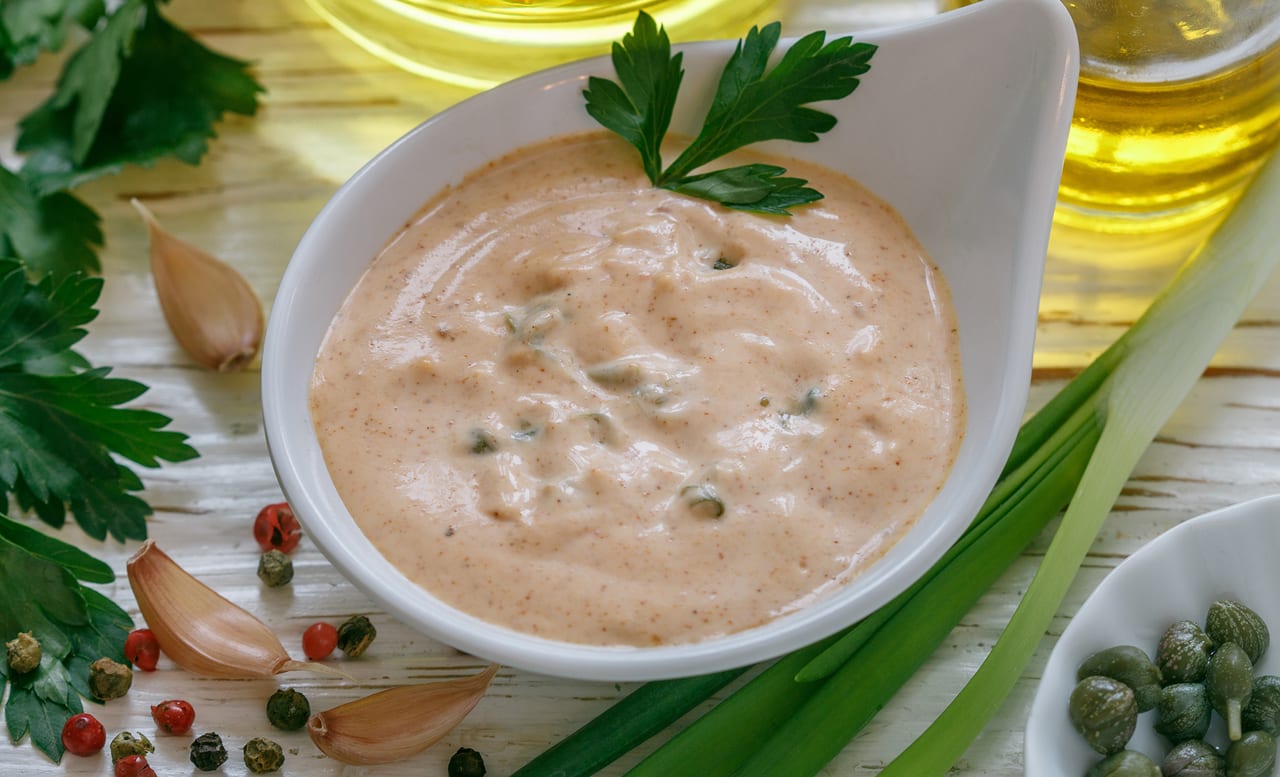
Citrus fiber is an especially versatile fiber suitable for clean-label beverages. Photo courtesy of: CP Kelco U.S., Inc.
Carrot fiber, for example, is an off-white, neutral-tasting powder made from carrot pulp. Its binding and water-holding properties improve the texture of meat snacks and sausages. Citrus fiber is derived from the spent peels of citrus fruits used to make juice. The ingredient contains soluble and insoluble fiber and is high in pectin, which contributes to emulsification functions.
Citrus fiber’s high water-holding capacity and water- and oil-binding qualities help retain moisture in bakery products. Those attributes also provide emulsification and stability in high-fat sauces and dressings.
Fiber underground
When it comes to listing foods naturally high in fiber, potatoes don’t make the cut. But grinding up whole potatoes into potato flour and removing the protein and starch creates an ingredient with about 65% fiber, allowing food product makers to make a high-fiber content claim when that ingredient is added to a formulation.
In addition to being a source of insoluble dietary fiber for fortification of products, potato fiber’s water-binding properties provide superb textural and shelf-life enhancements. It helps retain water and prevents staling in bread and cakes, while aiding in maintaining soft and creamy textures in confectionery fillings.
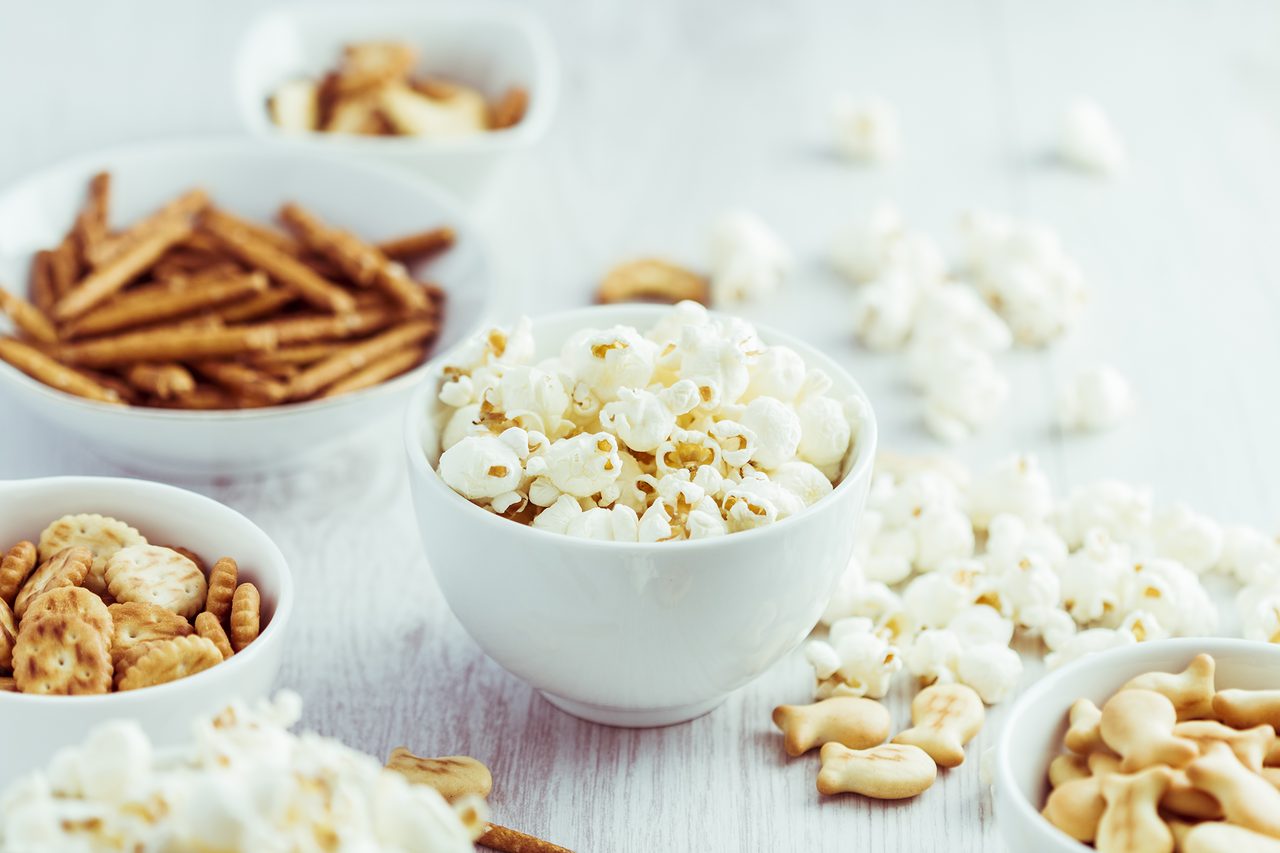
Cassava fiber is a clean-label, sustainable fiber offering excellent performance and well-suited to allergen-free foods and beverages. Photo courtesy of: Kemin, Inc.
Potato fiber is also showing promise as a functional ingredient in meat alternatives, where its water- and oil-holding abilities contribute to juiciness and succulence. These qualities make it a suitable replacement for starches, gums, and other hydrocolloids. Since potato fiber has neutral flavor and is gluten- and allergen-free, it can replace many ingredients used in plant-based meat analogs, such as those derived from wheat, pea, and soy.
Chia fiber, too, is gaining rapidly in favor. The seed of the chia plant is known for its protein and high omega oils, but it also yields edible fiber that has revealed excellent formulation qualities. As a plus, preliminary studies suggest it could have a prebiotic effect, although more research is needed to confirm this.
Whole chia fiber can be substituted for whole wheat flour in a baking formulation at levels of up to 15%—and even 25% in some formulations—without impacting baking time and temperature, texture, flavor, or color. New chia flours, powders, and fibers are suitable for a wide range of applications.
With most consumers still coming up short on daily fiber intake, this increased emphasis on fiber’s value in the diet and in product development is welcome. This is certain to lead to even more sources of fiber drawn from the wealth of plants at our disposal. PF
Karen Nachay, MS, is a writer and researcher covering food and beverage trends, ingredients, culinary developments, and cutting-edge science. She holds a Master of Science degree in food science and nutrition and has worked as a writer and editor for food science magazines and other media. Nachay also has extensive professional experience in product development labs for multiple ingredient manufacturers. She may be reached at karen.nachay@gmail.com.
October 2021
